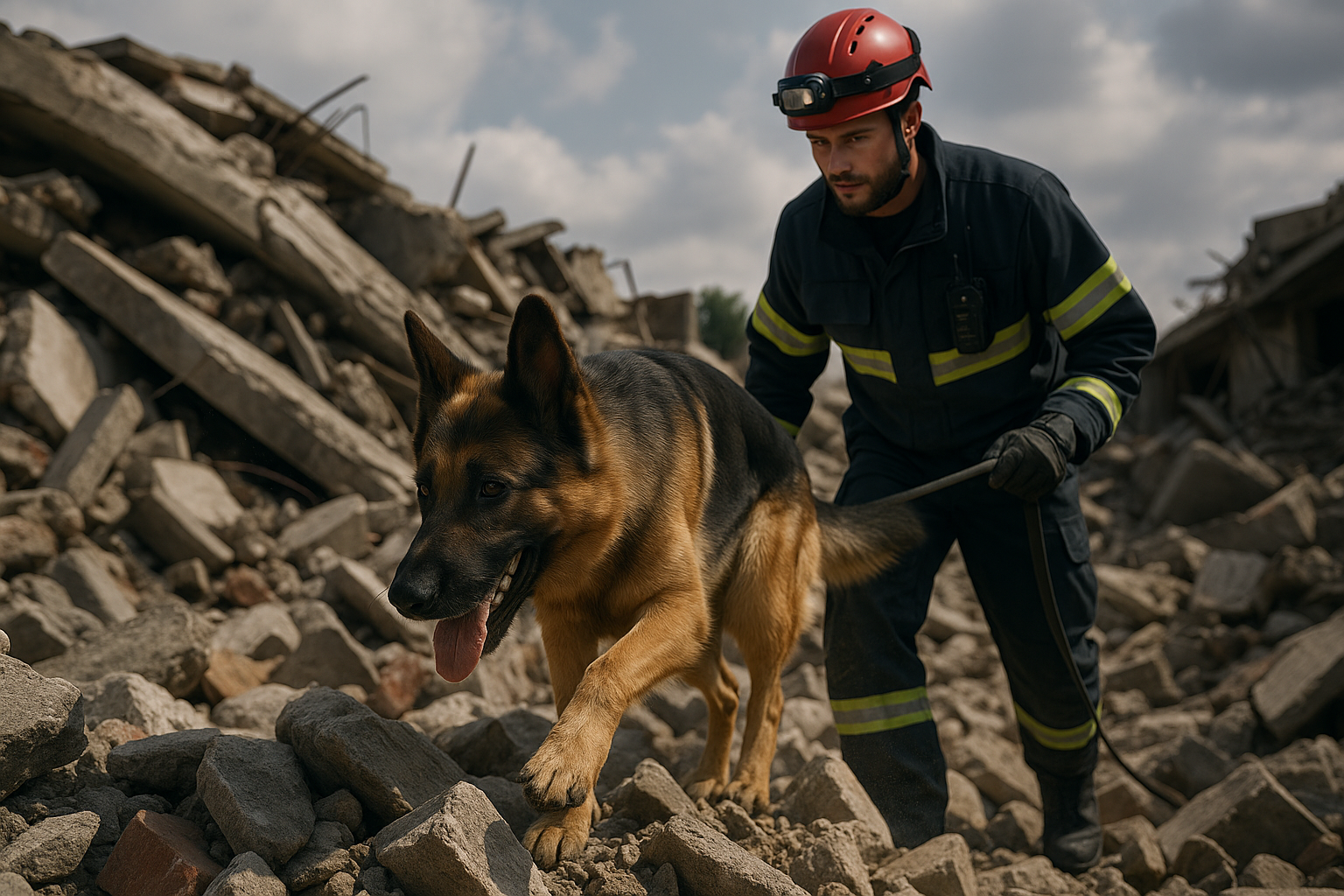The Unseen Heroes: Working Dogs in Search and Rescue Operations
Search and rescue (SAR) dogs are some of the most valiant workers in the animal kingdom, yet their stories often go untold. These four-legged heroes play a vital role in disaster zones, finding and saving lives in situations where humans simply cannot. Let's delve into the fascinating world of SAR dogs, the developments in their training, and their undeniable value in our society.

A Brief yet Storied History
The use of dogs in rescue operations dates back centuries. The Saint Bernard breed, for instance, was renowned for its role in locating lost and injured travelers in the Swiss Alps during the 18th century. However, the formal incorporation of dogs into organized SAR operations began in the mid-20th century. Today, SAR dogs are an integral part of disaster response worldwide.
Modern Training Techniques and Innovations
Training a SAR dog involves rigorous processes. The dogs must be physically fit, have a strong sense of smell, and exhibit an exceptional ability to focus. They must also be able to handle various terrains and weather conditions. Modern training methods are continually evolving, incorporating advanced technology like GPS tracking and drones to enhance their capabilities further.
The Current Role of SAR Dogs
In today’s world, SAR dogs are deployed in various disaster scenarios, including earthquakes, avalanches, and building collapses. They can detect human scent through concrete, metal, and even water, making them invaluable in locating survivors. For instance, in the 2019 Albania earthquake, SAR dogs played a crucial role in locating survivors beneath the rubble.
The Market Impact of SAR Dogs
Though it’s challenging to quantify the market value of SAR dogs, their economic impact is significant. The training, maintenance, and equipment associated with a SAR dog can cost up to $20,000. However, considering their ability to save lives and speed up disaster response, their value is arguably priceless.
The Future of SAR Dogs
As technology advances, so do the methods and techniques in SAR dog training. Innovations like virtual reality and machine learning are being explored for future training programs. Yet, despite these technological advancements, the irreplaceable instincts and abilities of SAR dogs ensure they will continue to be an essential part of rescue operations.
In conclusion, SAR dogs are unsung heroes, working tirelessly to save lives in disaster-stricken areas. Their unique abilities, combined with advanced training methods, make them an invaluable asset in any rescue operation. As we continue to innovate and develop new training techniques, the future looks bright for these four-legged heroes. Their contribution to society is immense and deserves our recognition and respect.




